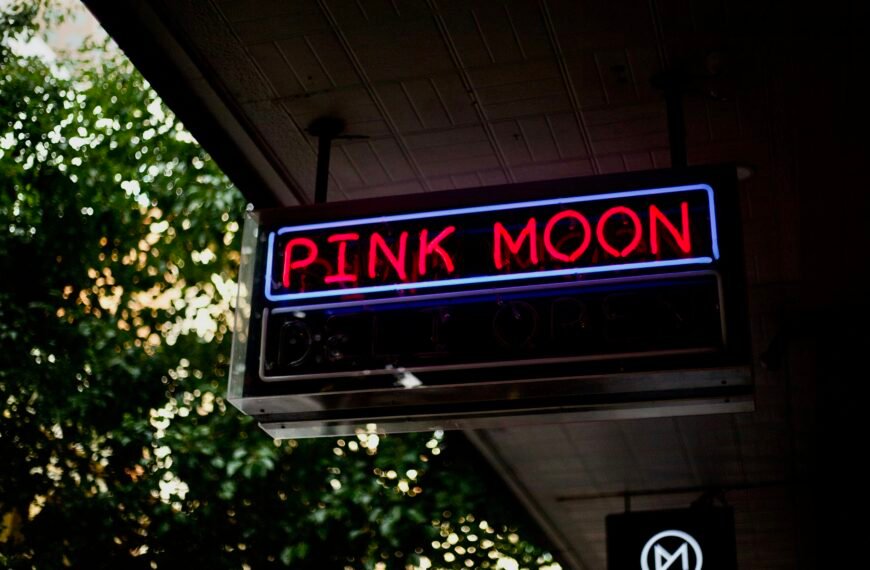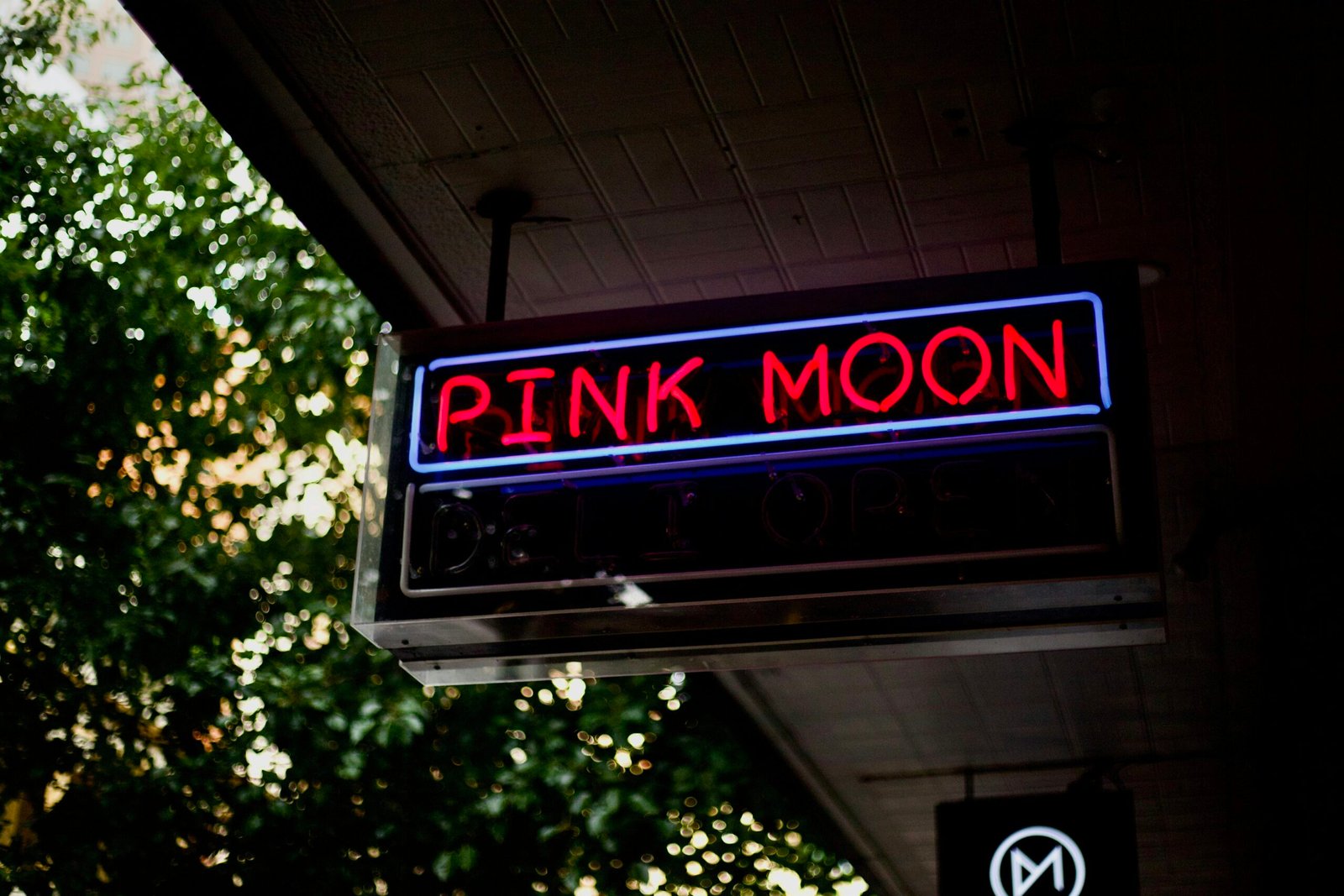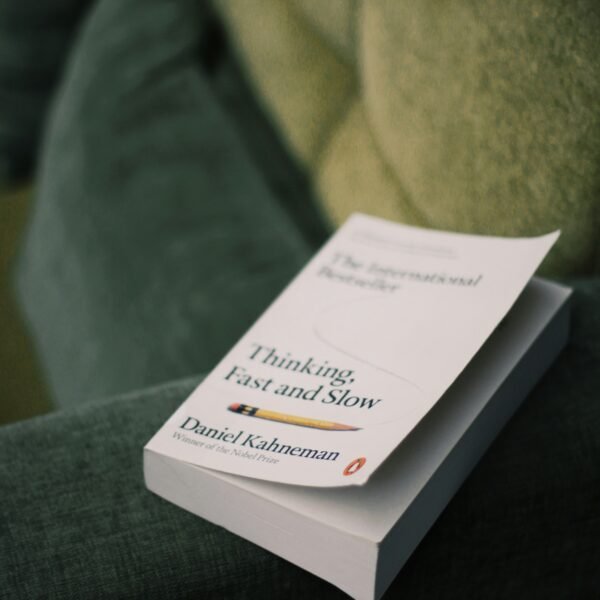Discover the captivating and thought-provoking world of Nona Faustine, a talented photographer whose striking self-portraits have taken the art scene by storm. In her latest exhibition at the Brooklyn Museum, Faustine explores locations with dark histories of enslavement, using her body as a powerful medium to convey the stories of these forgotten places. Through her captivating use of nudity, symbolism, and meticulous composition, Faustine not only memorializes these sites but also challenges societal perceptions of Black women and their place in history. Step into the frame and immerse yourself in the poignant and compelling work of Nona Faustine.
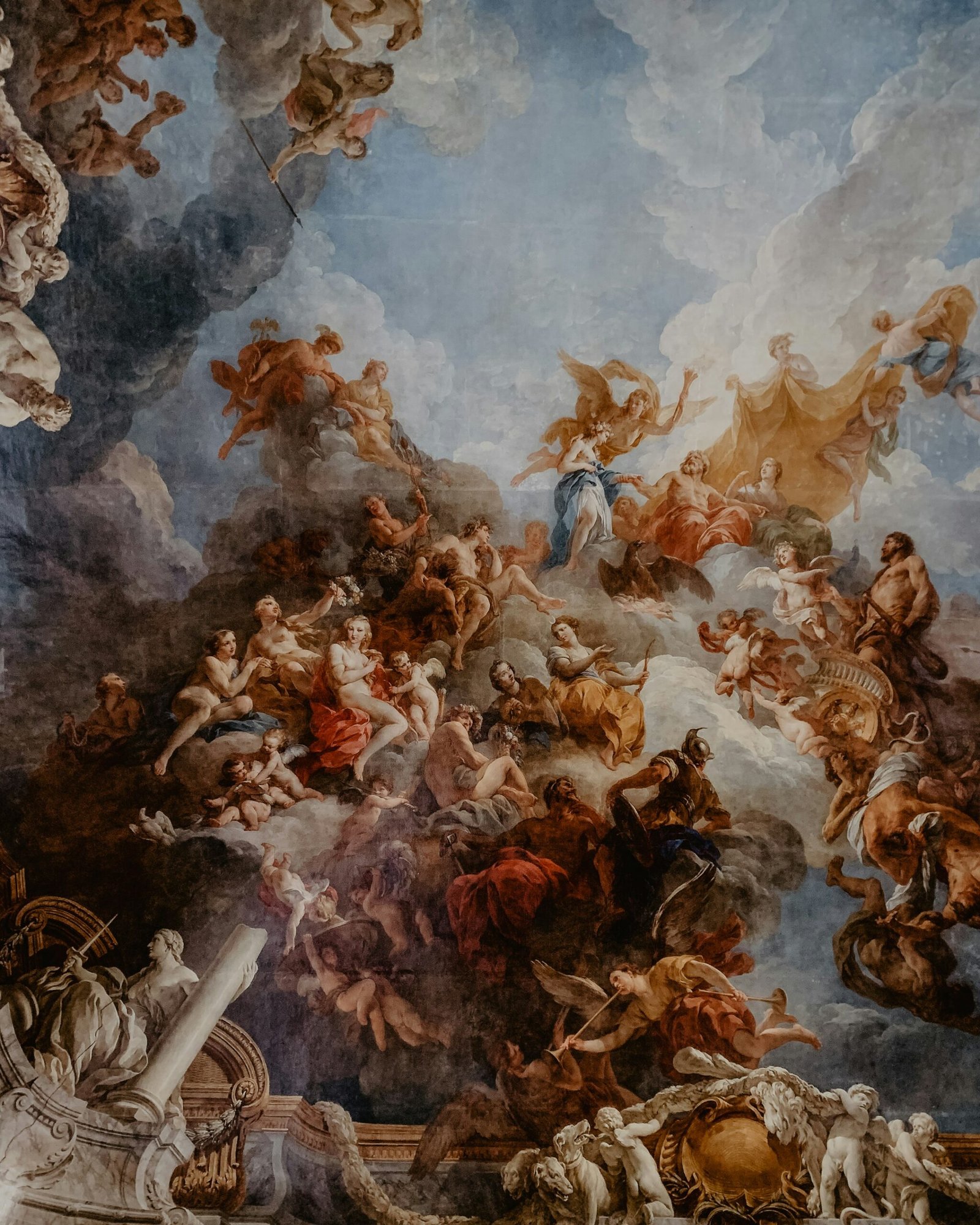
Nona Faustine’s Introduction to Professional Photography
Calicifying a moment in time
Nona Faustine, an acclaimed photographer, was first introduced to professional photography through her background in photojournalism. However, her approach to photography goes beyond capturing fleeting moments. Faustine’s primary intent is to calcify a particular moment in time, ensuring that both she and her viewers never forget it. By preserving these moments through her lens, Faustine aims to create powerful images that evoke emotions and spark conversations.
The Photo Series: ‘White Shoes’
43 self-portraits
Memorializing locations with underrecognized histories of slavery
Symbolism of white high heels
One of Faustine’s most significant and historically anchored projects is her photo series titled ‘White Shoes.’ This series, consisting of 43 self-portraits, serves as a memorial to locations in New York City and Long Island that have underrecognized histories of slavery. Through these photographs, Faustine aims to shed light on the often overlooked narratives of these places and the role slavery played in their development.
The symbolism of white high heels is prominent throughout the series. Faustine deliberately poses blank-faced and nude, wearing only a pair of white high heels. These shoes hold multiple layers of symbolism. On one hand, they represent the church shoes historically worn by Black women, symbolizing their resilience and strength in the face of adversity. On the other hand, the white high heels also symbolize the predominantly white country that Black Americans have inhabited and fought to reshape since the era of slavery. Through this symbolism, Faustine juxtaposes the historical narratives of slavery with the present reality, creating thought-provoking visuals.
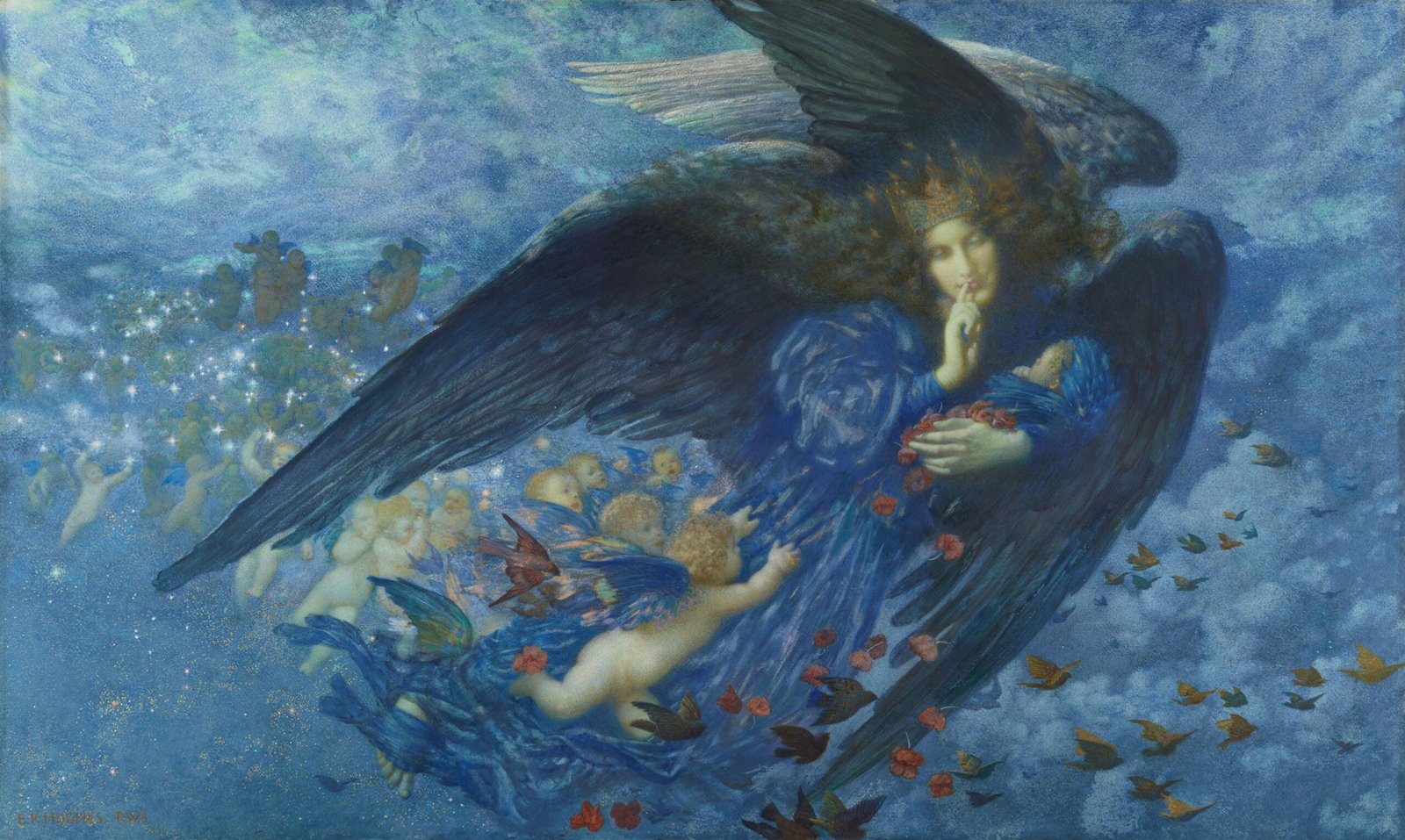
Faustine’s Connection to Brooklyn
A third of the images in ‘White Shoes’ were taken in Brooklyn
Deep connection to the borough
Nona Faustine has a deep connection to the borough of Brooklyn, as she was born and raised there. It is no surprise that a significant portion of her series ‘White Shoes’ focuses on locations within Brooklyn. Approximately one-third of the images in the series were taken in Brooklyn, demonstrating Faustine’s personal connection to the borough and her desire to highlight its history in relation to slavery. Through her photographs, Faustine pays homage to her hometown while simultaneously addressing broader historical narratives.
Inspiration for ‘White Shoes’
Saartjie (or Sarah) Baartman’s influence
Reclaiming the Black female body
Re-enacting and reimagining
The inspiration for Faustine’s ‘White Shoes’ series stems from the story of Saartjie (or Sarah) Baartman, a native South African woman who was objectified and exhibited in Europe during the 19th century. Baartman’s portrayal as an object of sexual fascination and pseudo-scientific curiosity reflects the societal racism prevalent at the time. Moved by Baartman’s story and the dehumanization she endured, Faustine seeks to reclaim the Black female body through her self-portraits.
In her photographs, Faustine re-enacts and reimagines the experiences of enslaved Black women who were stripped of their autonomy and agency. By posing stripped down yet dignified, Faustine commemorates the resilience and strength of these women while simultaneously challenging the narratives surrounding their bodies. Through her art, she aims to promote a more nuanced and inclusive understanding of Black female identity.
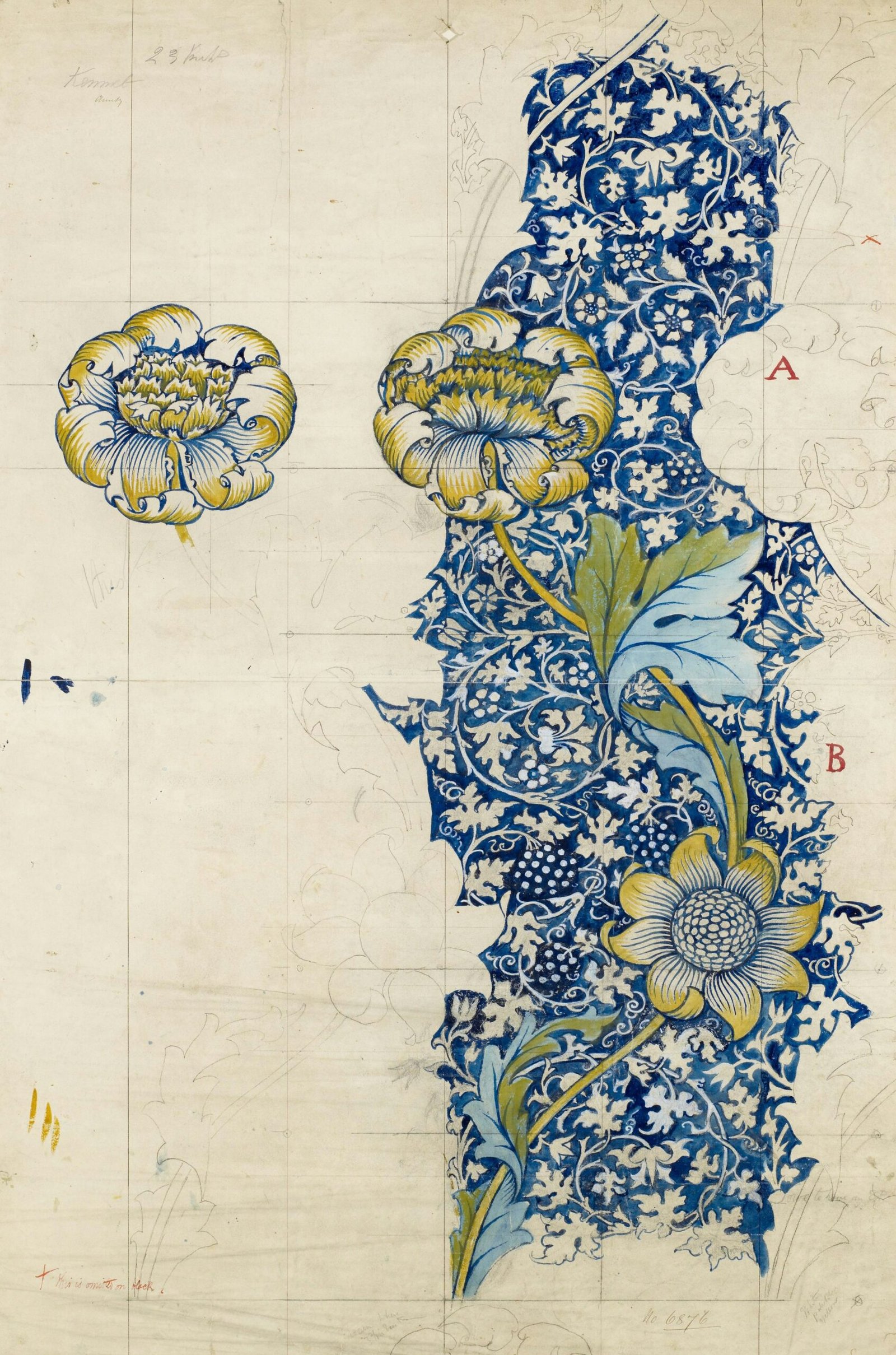
Faustine’s Posing and Symbolism
Stripped down yet dignified
Minimal and strategic use of props
Faustine’s posing and use of props in her ‘White Shoes’ series are deliberate and thought-provoking. In her self-portraits, she often poses stripped down, baring her body unapologetically, but with a sense of dignity and grace. This juxtaposition of vulnerability and strength conveys a powerful message about the resilience of Black women throughout history.
Additionally, Faustine employs a minimal and strategic use of props in her photographs. Whether it be a veil, a scarf, or an apron, the props she selects enhance the symbolism without overpowering the image. Through these subtle elements, she adds layers of meaning, inviting viewers to engage in deeper reflections on the historical context and personal narratives within each photograph.
Continuing Project: ‘White Shoes’
Started in 2012
No plans of finishing
Faustine’s ‘White Shoes’ project began in 2012 when she was a graduate student at the International Center of Photography at Bard College. Since then, the project has evolved and grown, with no clear endpoint in sight. Faustine has expressed that she does not know if she will ever consider the project finished, as it continues to evolve alongside her artistic journey. This ongoing commitment to ‘White Shoes’ reflects Faustine’s dedication to exploring and reclaiming narratives surrounding slavery, Black female identity, and the significance of place.
Display at the Brooklyn Museum
Nona Faustine’s ‘White Shoes’ series is currently on display at the Brooklyn Museum, marking her first major solo museum exhibition. This exhibition is a significant milestone in Faustine’s career and serves as a homecoming of sorts, as she was born and raised in Brooklyn. The exhibition allows viewers to immerse themselves in the powerful imagery and narratives captured by Faustine. By showcasing her work in a museum setting, Faustine’s photographs can reach a broader audience and foster important dialogues about history, identity, and representation.
In conclusion, Nona Faustine’s introduction to professional photography has led to a profound exploration of history, identity, and the significance of place. Through her ‘White Shoes’ series, she memorializes locations with underrecognized histories of slavery, reclaiming the Black female body and shedding light on overlooked narratives. With her minimal and poignant use of props, Faustine creates thought-provoking visuals that invite viewers to engage in deeper reflections. Her ongoing commitment to the project reflects her dedication to these narratives, while the display at the Brooklyn Museum ensures that her work reaches a wider audience. Nona Faustine’s contributions to professional photography exemplify the power of art in shaping conversations and challenging societal norms.

